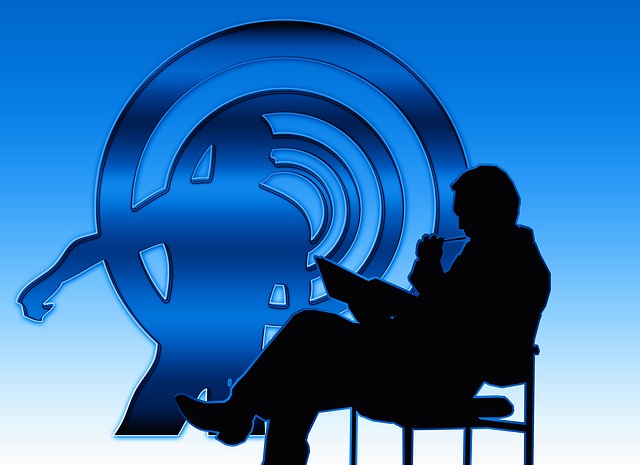The 'Nocebo Effect’ and Irritable Bowel Syndrome
/By Dr. Caroline Seiler
Many people find that wheat or gluten cause them to react in some way: Some people have a wheat allergy, some have the autoimmune condition celiac disease, but the majority find they have some sort of intolerance or sensitivity to wheat and gluten.
This is challenging to diagnose because there still aren’t any reliable biomarkers to confirm gluten or wheat sensitivity, and clinicians typically rely on patient self-reports.
In irritable bowel syndrome (IBS), patients experience gastrointestinal symptoms without any visible damage to the digestive tract. Many patients with IBS believe that specific foods, like gluten or wheat, trigger their symptoms, prompting them to exclude these foods from their diets without consulting a dietitian or their doctor.
Unsurprisingly, about a third of IBS patients develop disordered eating habits and perceptions about food that may cause symptoms in and of themselves, such as orthorexia, or an unhealthy preoccupation with healthy eating. This may cause a “nocebo effect,” where patients experience symptoms due to their beliefs and expectations about a substance they assume is causing their issues but is actually inert — a “nocebo.”
As a nutrition researcher at McMaster University’s Farncombe Institute, I’m a member of a team that ran a clinical trial to find out whether wheat, gluten or a gluten-free nocebo caused symptoms in IBS. And the results were surprising: even though some patients experienced worse symptoms from gluten or wheat, they weren’t very different from the nocebo, with similar proportions of patients reacting to each.
These results are similar to other published studies. Identifying the true sensitivities for patients with IBS is a controversial research area, with some studies finding gluten avoidance to be beneficial versus others finding it to have no significant effect.
Researchers from the United Kingdom and the Netherlands published an innovative study from the Lancet medical journal. Patients with reported gluten sensitivity were divided into four groups: Two groups were given gluten-free bread, but one of these groups was told it contained gluten and one was told it didn’t. Two other groups were given bread that did contain gluten, with one group believing it was gluten-free and the other believing it contained gluten.
The results showed that the patients who ate gluten and were also told they were eating gluten had significantly worse symptoms than the other three groups.
Gluten Misinformation
Given the controversial evidence that not only gluten, but other wheat components like fermentable carbohydrates or immune-stimulating proteins, may exacerbate IBS symptoms, it’s possible for this hot topic to get blown out of proportion or taken out of context, contributing to nutrition misinformation.
All of these factors — that it is often diagnosed by excluding all other options, the significant psychological component, the division in the scientific community and clinicians who often discount patients’ experiences — make treatment difficult for patients with this disorder.
As a result, patients with IBS are often left to navigate conflicting online resources and test new diets to treat their symptoms. When researchers challenge patients with gluten, wheat or a nocebo, they rarely report the personalized results back to the patients and see how this information impacts patient behaviour.
At McMaster University, we wanted to see how presenting personalized nutrition information would affect our patients. After providing them with personal results about their gluten and wheat reactions, we followed up with patients after six months or more to see how this impacted their beliefs, behaviours and symptoms.
Again, we were in for a surprise! Patients largely kept similar beliefs about gluten, maintained a gluten-free diet and had consistent symptoms even after learning that most of them did not react to gluten or wheat. This begs the question: when people more generally learn new information that conflicts with an existing belief, what may help them to change accordingly?
Psychological Treatment
IBS has been long understood as a disorder of the gut-brain interaction. Psychological treatments are being increasingly investigated to minimize patient fears of foods, or nocebo effects, and to treat IBS symptoms more generally. At Harvard, a recent study found that exposure-based cognitive behavioural therapy (CBT) showed promise to improve IBS symptoms in five sessions with a nurse practitioner.
Similarly, CBT correlated with shifts in brain networks and the gut microbiome, or gut bacteria, that were also correlated with improvements in gastrointestinal symptoms. At the University of Calgary, virtually delivered yoga was highly feasible and helped improve symptoms for patients with IBS.
However, IBS is a complex disorder which may be exacerbated due to many different causes, and psychological treatment will likely be only one component of an effective treatment plan for many patients.
Diet plays an important role in human health, but how it does so — especially among those with gastrointestinal diseases — becomes complicated by the emotional aspects of eating and the real needs for people to have nutritious, well-balanced diets without risking malnutrition. If you have concerns that certain foods, like gluten, trigger your symptoms, it’s a good idea to consult your doctor or a registered dietitian.
Caroline Seiler, PhD, is a clinical researcher who studied at McMaster University in Ontario, Canada. She receives funding from the Canadian Institutes of Health Research.
This article originally appeared in The Conversation and is republished with permission.










